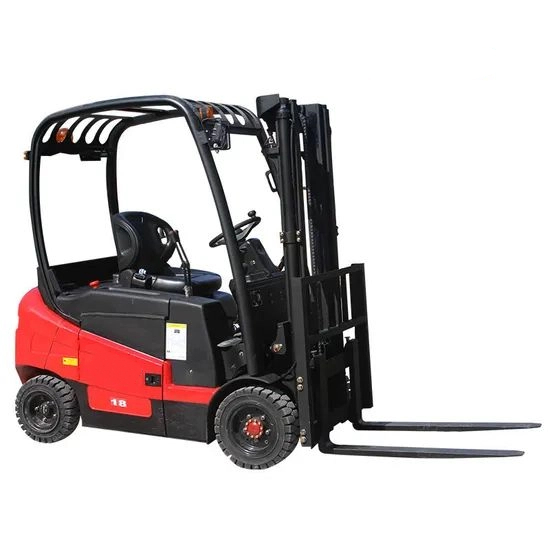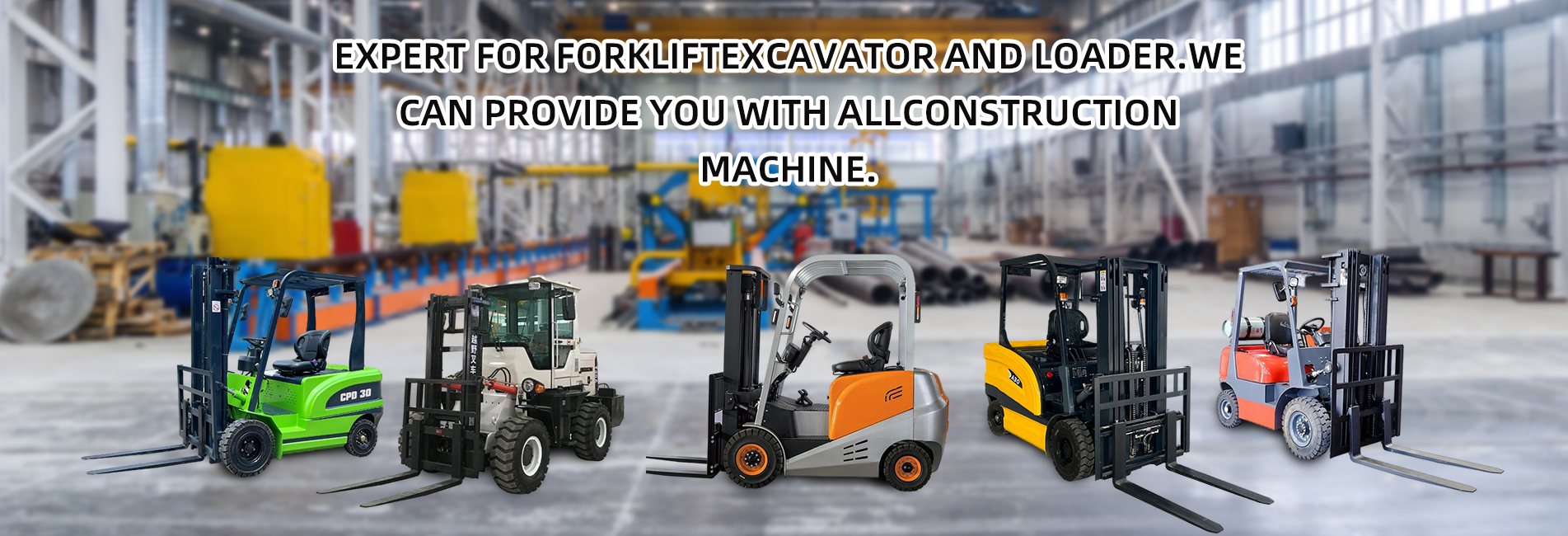When choosing between an electric forklift and a fuel-powered forklift with the same tonnage, it is necessary to comprehensively consider various factors such as specific usage scenarios, cost budgets, and environmental protection requirements. The following is a comparative analysis from key dimensions to provide a reference for the selection:

1. Adaptability to Working Environment
- Electric forklifts: They are more suitable for indoor or enclosed site operations. They operate with low noise (usually below 60 decibels) and no exhaust emissions, which can effectively avoid pollution to indoor air quality. They are especially suitable for scenarios with high requirements for environmental cleanliness, such as food processing, pharmaceutical production, and electronic workshops. However, it should be noted that electric forklifts have certain requirements for the flatness of the ground, and rough roads may affect battery life and driving stability.
- Fuel-powered forklifts: Their advantage lies in outdoor or complex terrain operations. They are not restricted by electricity, can work efficiently in muddy, dusty construction sites or open warehouses, and have more stable starting performance in low-temperature environments, making them suitable for winter use in cold northern regions. Nevertheless, their exhaust gas (containing carbon monoxide and nitrogen oxides) and noise (about 90 decibels) are unfriendly to enclosed environments, and strong ventilation equipment is required when used indoors.
2. Usage Cost and Maintenance
- Initial investment: The purchase cost of electric forklifts is usually 30%-50% higher than that of fuel-powered forklifts of the same tonnage, mainly due to the higher cost of batteries and motors. If lithium batteries are chosen, the initial investment will be higher, but the service life and performance are better.
- Operating cost: The energy cost of electric forklifts is lower, and the electricity fee is about 1/3-1/2 of the fuel cost. Long-term use can significantly save expenses. Fuel-powered forklifts need to regularly replace engine oil, filters, etc., and their maintenance frequency and cost are higher than those of electric forklifts (electric forklifts mainly maintain batteries and motors, with a longer cycle).
- Service life and depreciation: The battery life of electric forklifts is generally 3-5 years (depending on the number of charge-discharge cycles), and replacing the battery is a large expense; but the service life of the motor and body structure is longer, and the overall depreciation is relatively slow. The engine life of fuel-powered forklifts is about 8-10 years, but mechanical parts wear faster, and the later maintenance cost increases.
3. Performance and Operational Efficiency
- Power output: Fuel-powered forklifts perform more strongly in full-load climbing and continuous high-intensity operations, with more direct power response, making them suitable for scenarios that require frequent heavy-load handling. The power output of electric forklifts is stable, but the instantaneous explosive power is slightly weaker, making them more suitable for medium-low intensity and intermittent operations.
- Battery life and replenishment: Fuel-powered forklifts only take 5-10 minutes to refuel, which can realize all-day continuous operation, and are suitable for scenarios with long working hours that cannot be interrupted. The battery life of electric forklifts is limited by battery capacity. Lead-acid batteries can usually work for 4-6 hours, and lithium batteries can be extended to 6-8 hours. Charging takes 1-8 hours (fast charging also takes 1-2 hours). It is necessary to equip with backup batteries or charging equipment to ensure continuous operation.
4. Environmental Protection and Policy Compliance
Electric forklifts have zero emissions and low noise, which are in line with the trend of environmental protection policies. Especially under the "dual carbon" goal, more and more regions have restrictions on the use of fuel equipment in factories. Choosing electric forklifts can avoid policy risks.
Due to exhaust pollution, fuel-powered forklifts may face pressure from environmental inspections. Some cities have prohibited the use of fuel-powered forklifts in core areas or specific industries, so it is necessary to understand local policies in advance.
Summary of Suggestions
If the work is mainly indoor, environmental protection and low noise are emphasized, and a higher initial investment can be accepted, electric forklifts are preferred. The long-term operating cost is lower, and they are suitable for industries with high environmental requirements.
If the operation scenarios are mostly outdoor, with complex terrain, or long-term continuous high-intensity operations are required, fuel-powered forklifts have more advantages, which can meet the needs of flexible supply and strong power.
In addition, it is necessary to consider details such as whether the site has charging conditions (for electric forklifts) and the convenience of local fuel supply (for fuel-powered forklifts), and select the most suitable model after a comprehensive evaluation.


